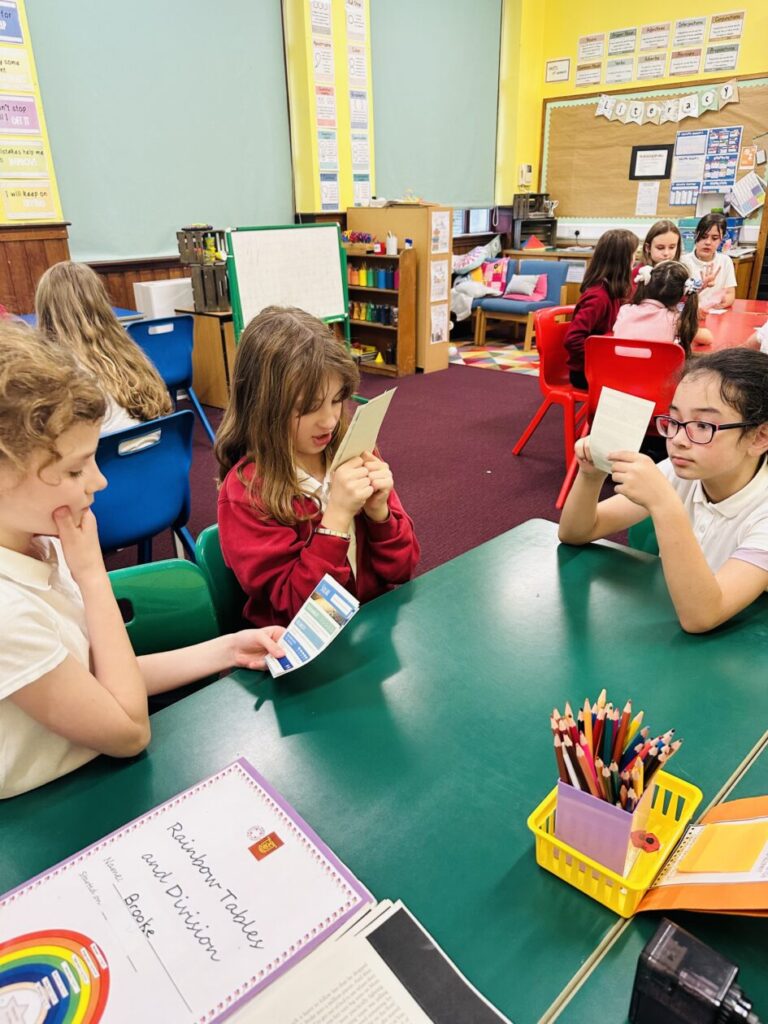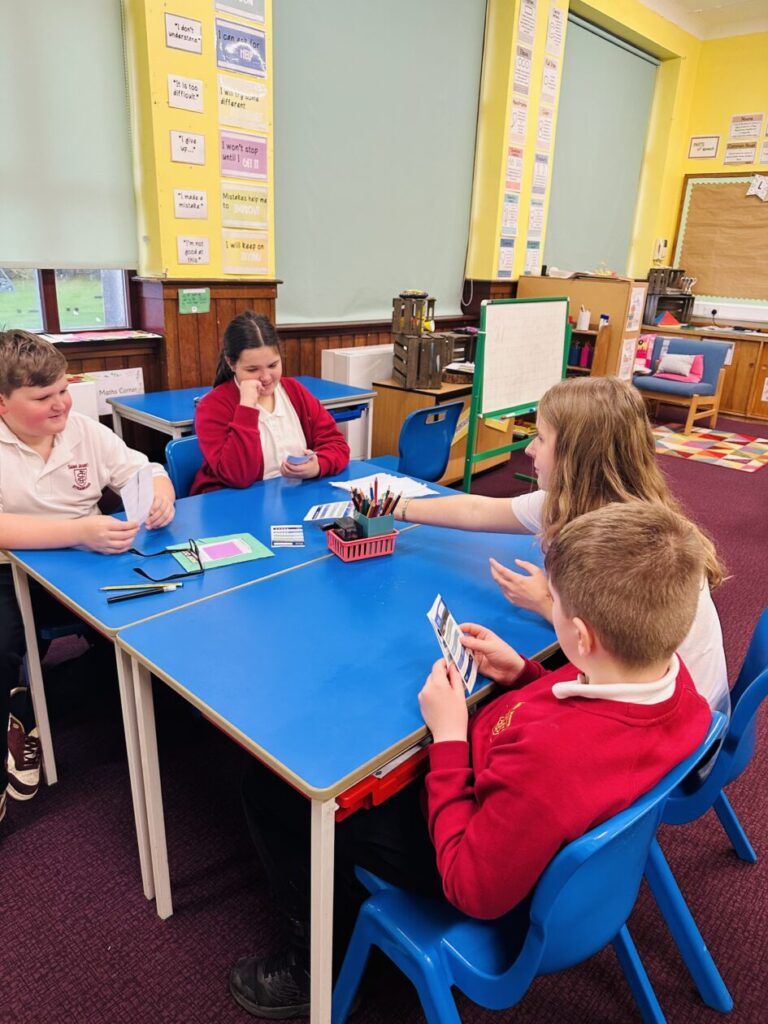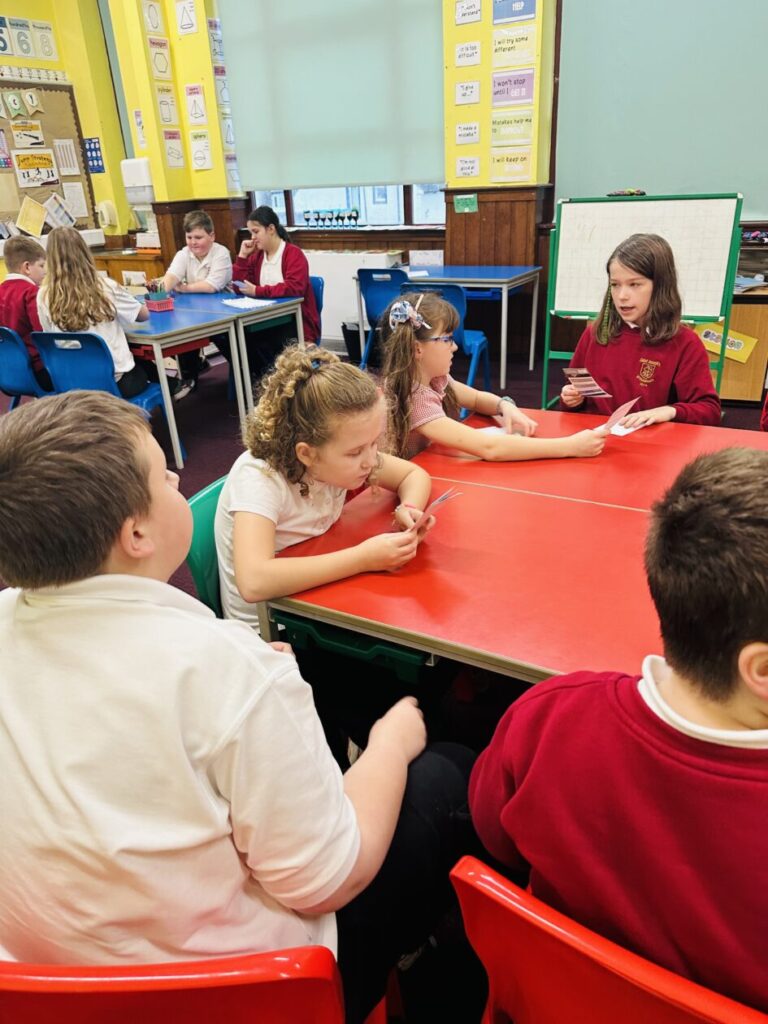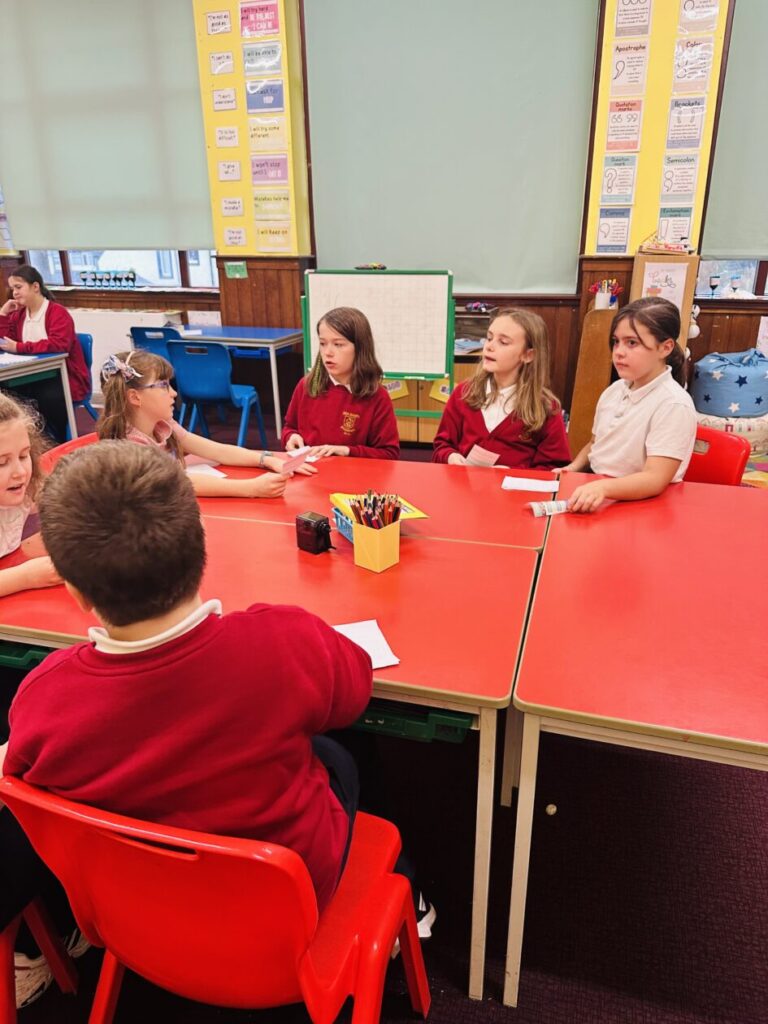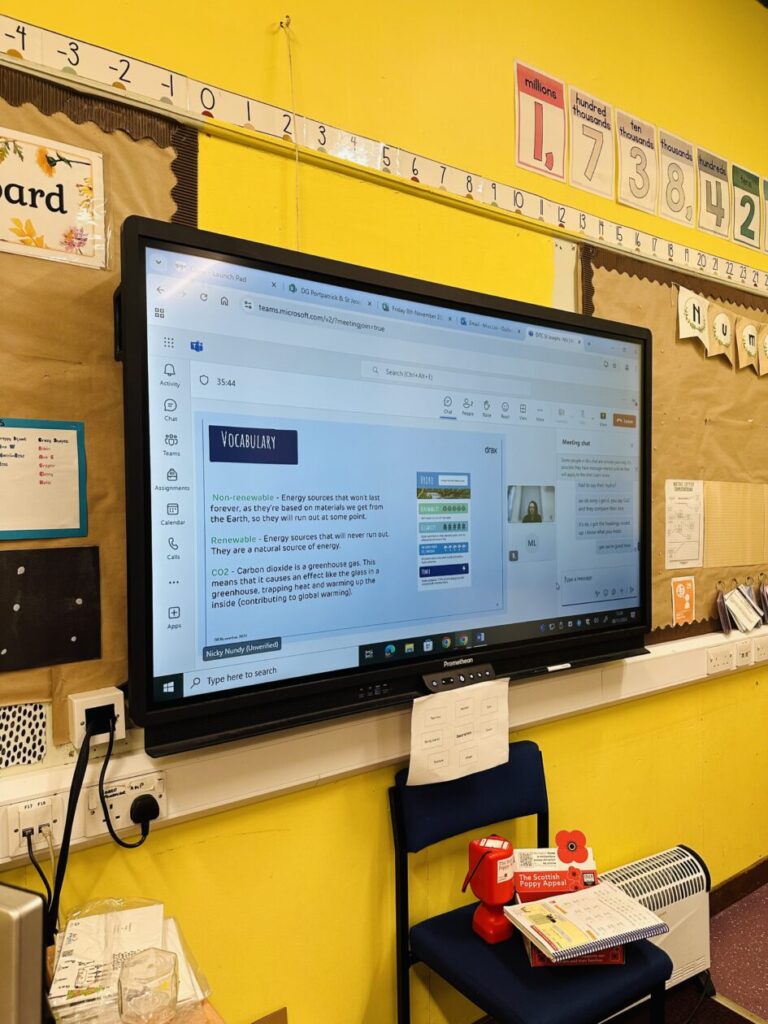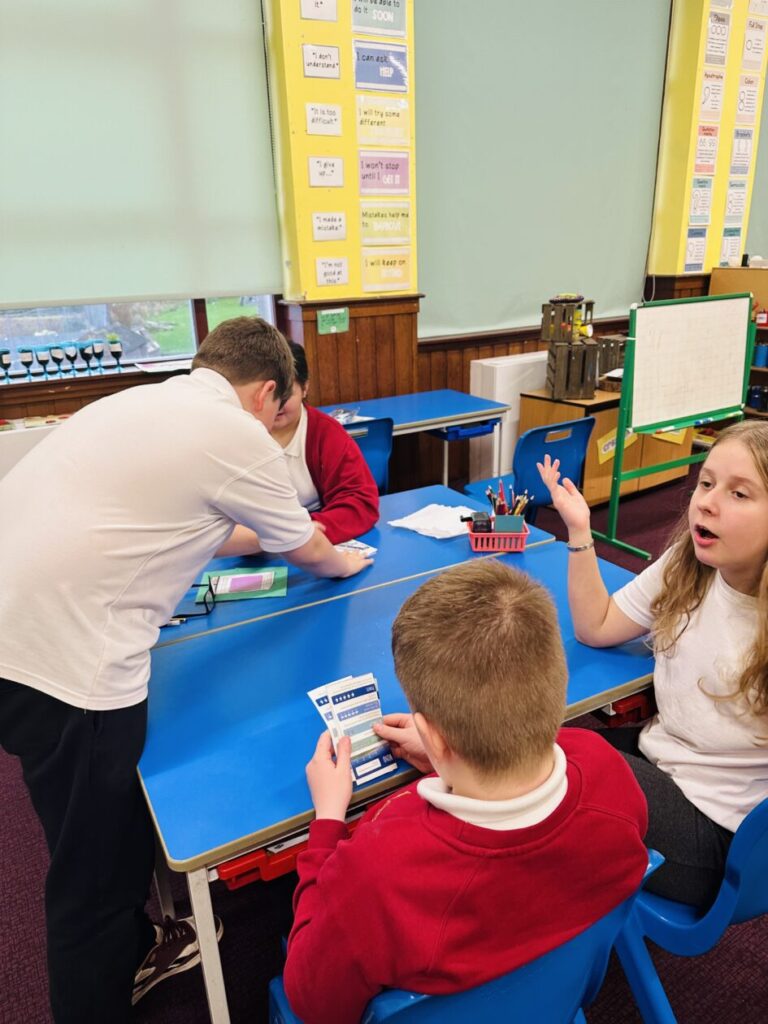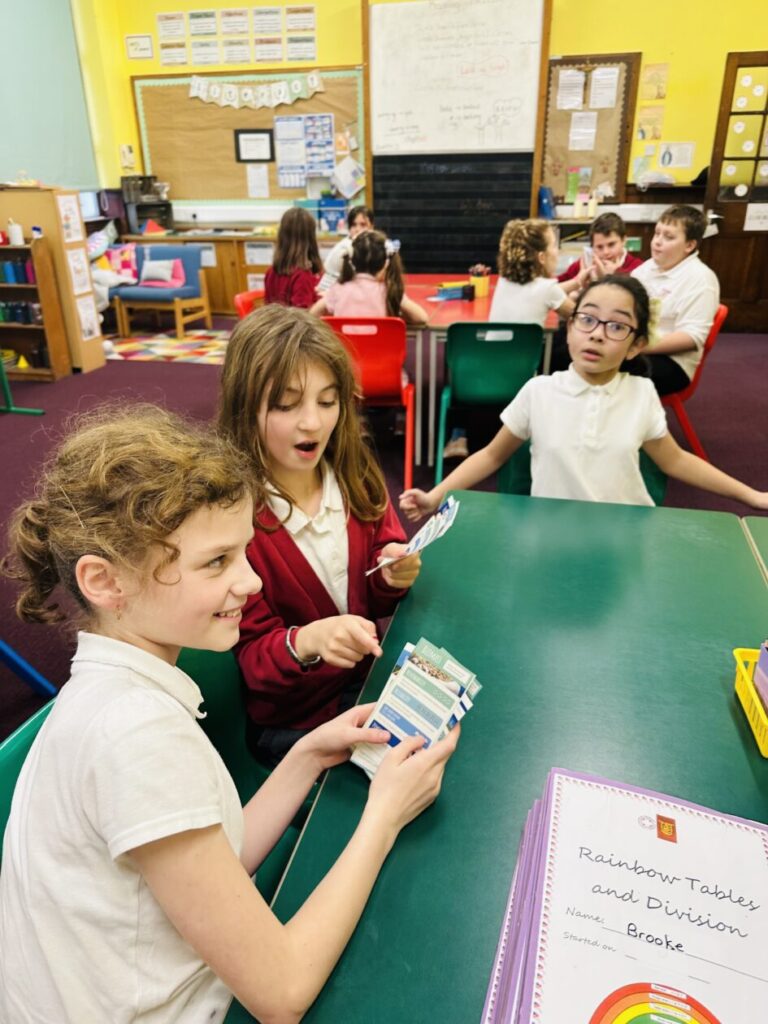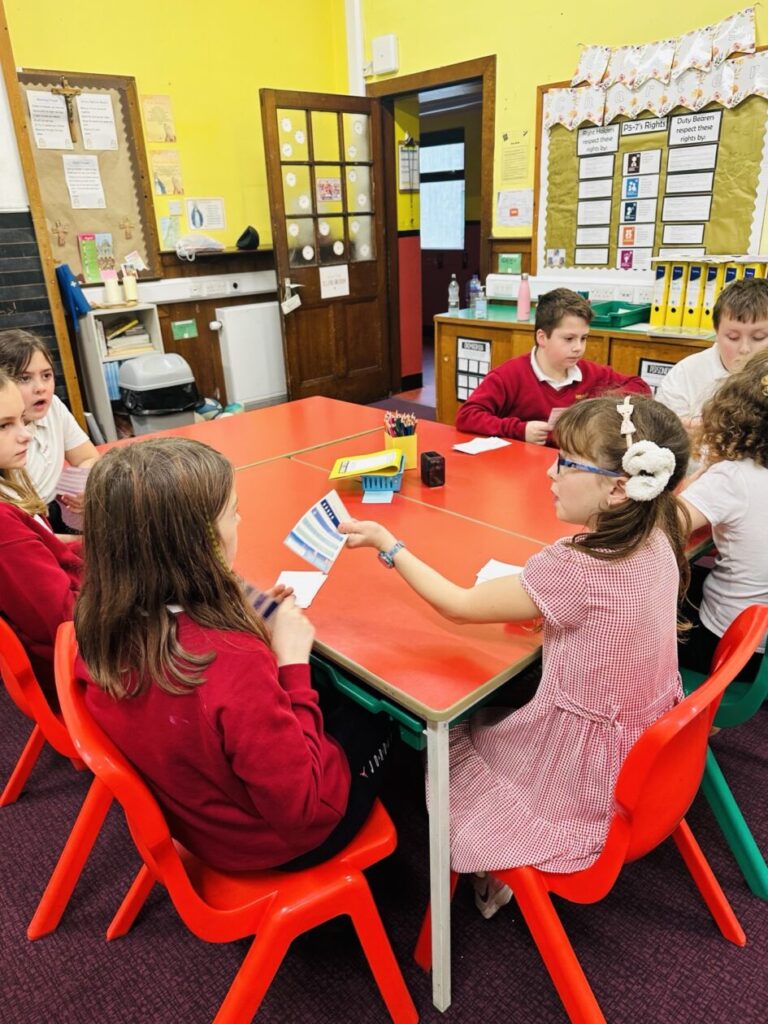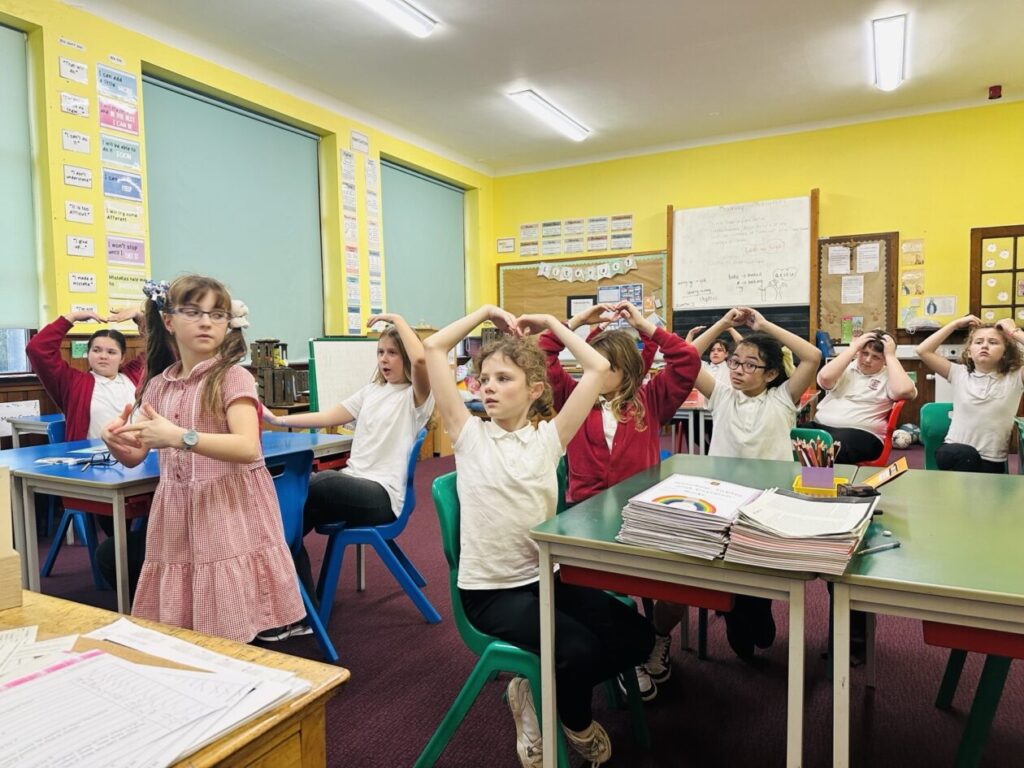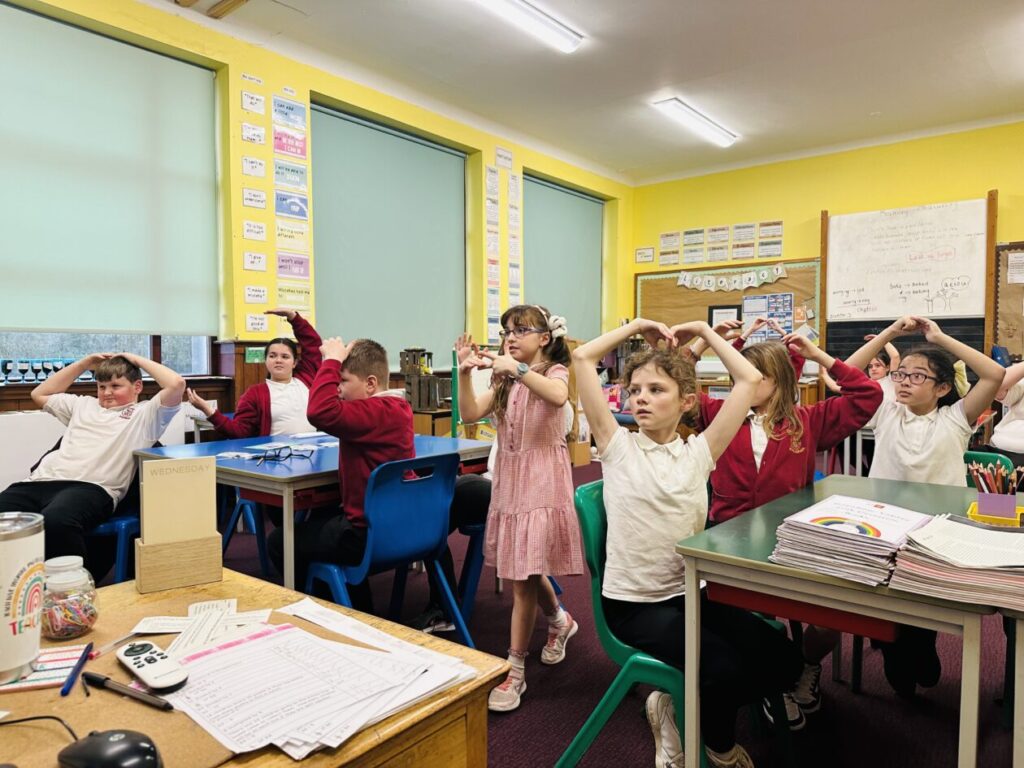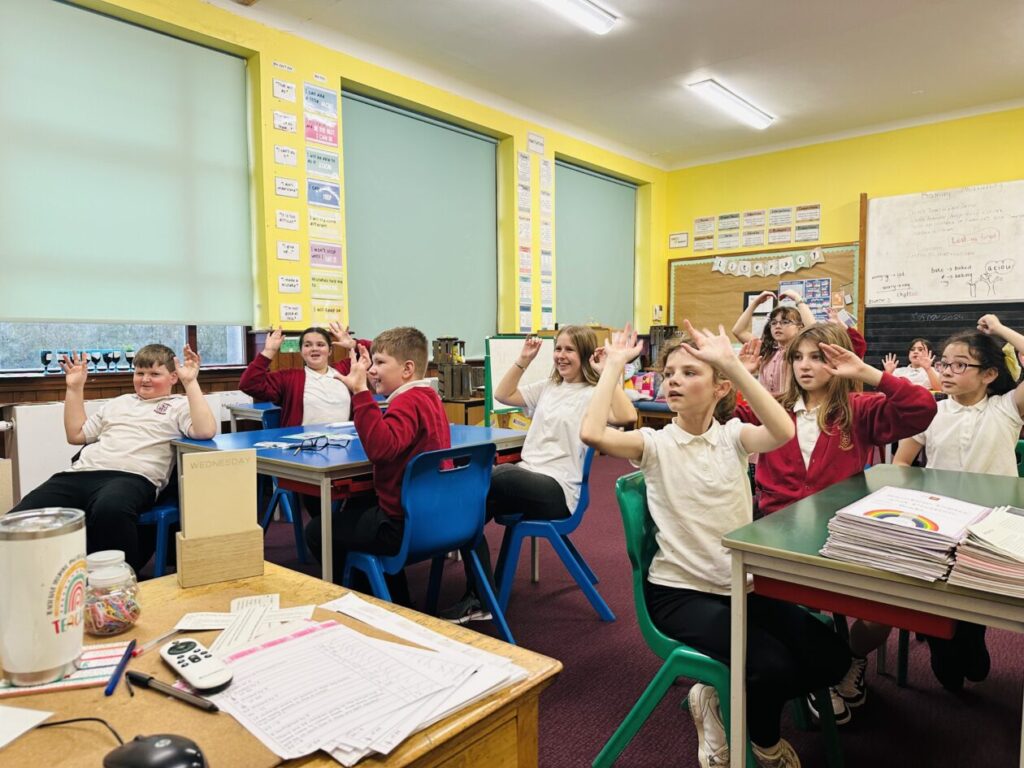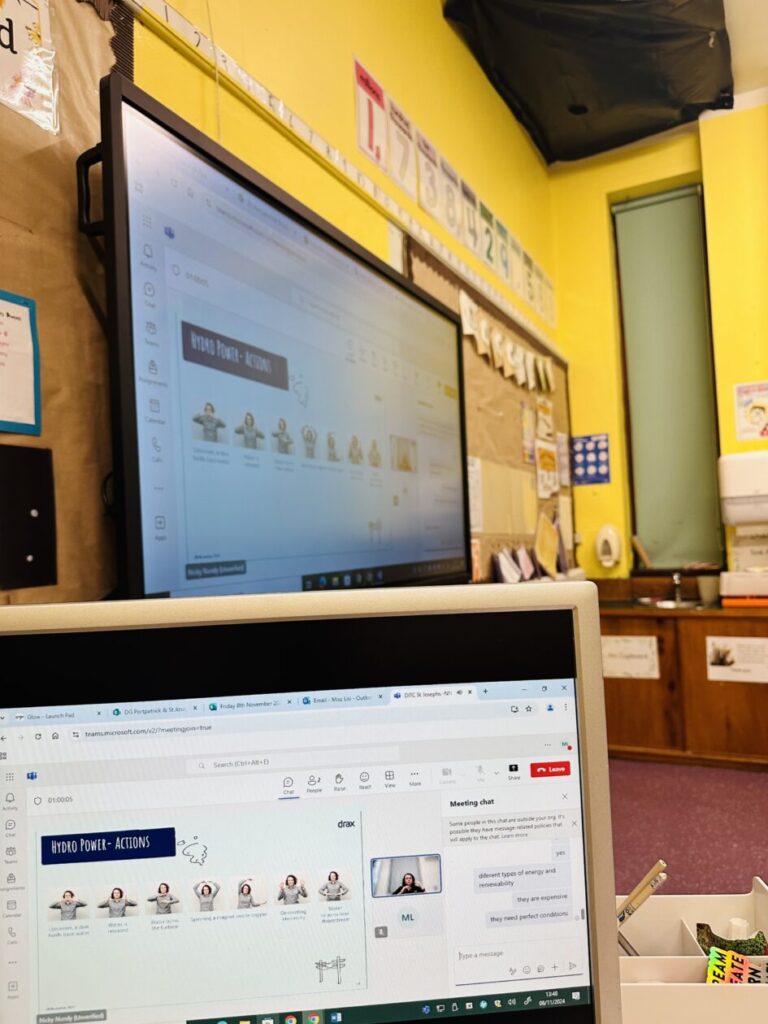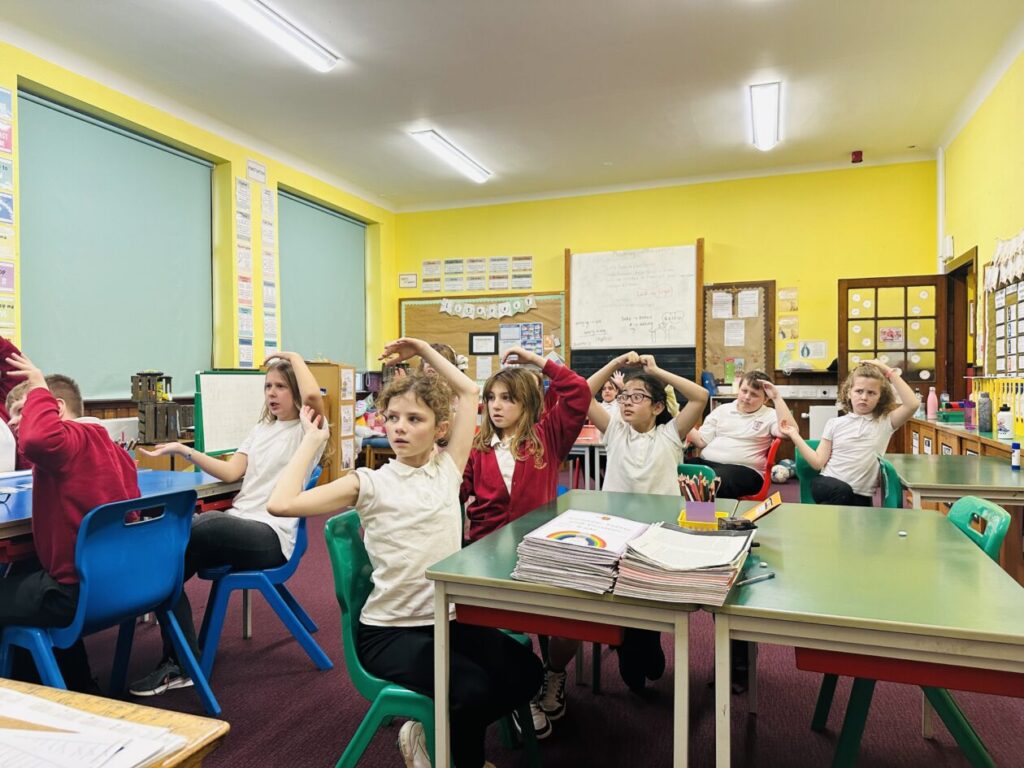P5-7 Explore Hydropower in Dumfries and Galloway!
This week, our P5-7 class took part in an exciting webinar all about Hydropower in Dumfries and Galloway. This session was a perfect bridge between our previous topic on Scottish Local Biodiversity 🦋 and our new Science focus: Electricity 🔌, showcasing how renewable energy powers our towns sustainably.
The children learned how hydropower harnesses the power of flowing water to spin turbines and create clean electricity 💧⚙️. They were fascinated to see how these stations also support the environment with features like fish ladders 🐟 to help fish swim upstream and reintroducing eels 🐍 into the ecosystem. This not only provides food for otters 🦦 but also helps control invasive species like the North American crayfish.
To add some fun, the class played a lively renewable energy trump card game 🃏, sparking friendly competition and reinforcing what they’d learned. They also got active learning new actions to show how hydropower stations work, making the lesson unforgettable and interactive 🤸.
Their enthusiasm, questions, and energy made the day a huge success! 🎉 Check out the photos below to see the class in action – from games to mimicking turbine movements! 🌟
- UNCRC Rights:
- Article 17: Right to access reliable information – The webinar provided accurate information on renewable energy and environmental benefits.
- Article 24: Right to health and a safe environment – Learning about renewable energy helps children understand how clean energy contributes to a healthier planet and community.
- SDG Goals:
- Goal 7: Clean Energy – Highlights renewable energy solutions like hydropower.
- Goal 15: Life on Land – Supports biodiversity and sustainable ecosystems.
- SHANARRI Indicators:
- Achieving: Expands scientific and environmental knowledge.
- Responsible: Encourages responsibility towards protecting nature.
- Meta-skills:
- Collaboration: Group activities and discussions.
- Critical Thinking: Evaluating how hydropower impacts the environment.
- Leading: Engaging actively in learning and sharing insights.
- Adaptability: Learning new concepts and relating them to current knowledge about biodiversity and electricity.
- Problem-solving: Understanding how hydropower works and its environmental benefits involves analysing solutions for sustainable energy challenges.
- Strand of Faith – In the Image of God: Emphasises stewardship and responsibility to care for creation, aligning with understanding renewable energy’s positive impact on the environment.
